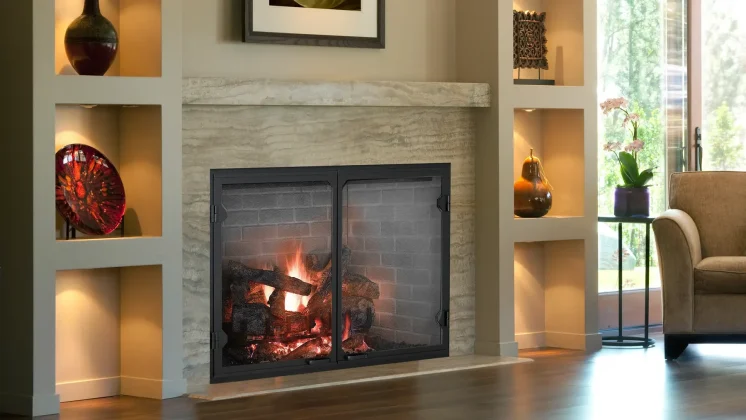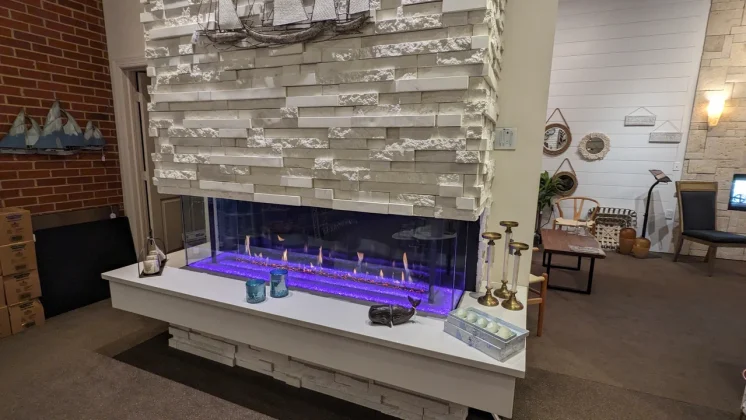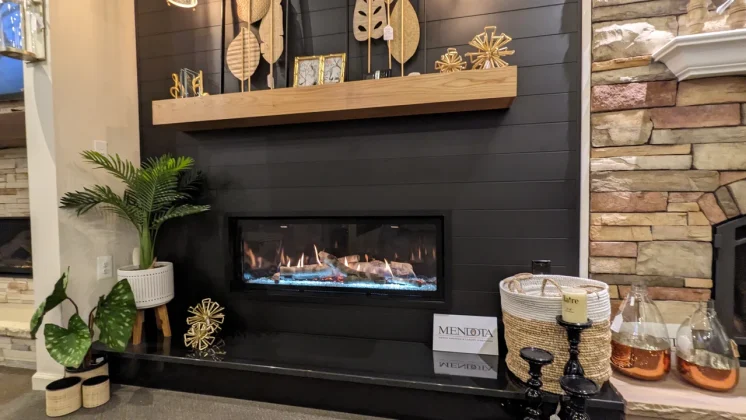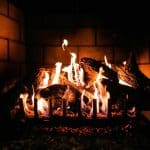In The Kitchen with your Wood Stove
January days on the island consist of the wind whipping, big waves, and beautiful moons. The temperatures are below freezing and the thought of leaving the house is pushed to the back of one’s mind. Everyone understands the fear of pipes bursting and the bay freezing. On days like that, a warm home and meal is much needed. By installing a wood burning stove, you have no fear that you house, and belly, will be warm and full, even if power is lost!
If you have a wood stove, chances are you are already using it for heat, so why not learn to use it as a cooking resource! There are many types of wood stoves, the most conducive for cooking are those that are meant to be installed in a kitchen with the main purpose of creating meals. However, most wood burning stoves have a flat surface on top large enough to be used for stirring up some meals.
What is most important when cooking with your wood stove is to have an established fire. You want to have a steady flame roaring. Since you are unable to control the heat, the way you can with gas or electric, you must learn how to control the temperature in other ways. All stoves are different so you need to play around with yours to understand its habits. First, find the hottest spot on top, this is the area where your food will cook the fastest. Then, you can establish other spots of different temperatures to cook your food depending on the amount of heat and time it requires.
A helpful tip for speeding your meal along is to preheat the pans by placing them on top of the stove without anything in them. When it comes to utensils, cast iron pans are often preferred when cooking via wood stove; however, enamel and stainless steel will work just fine. They will heat up significantly quicker than cast iron. Using a lid while cooking will also aid in speeding up the process for when your family is insisting on eating as soon as possible.
It is important to keep in mind that your food may not cook as evenly as it would when cooking on a gas or electric range. It is key to check your food often and adjust its location relative to the “sweet spot” where the majority of your heat is going. Keep an eye on the heat output because you can’t always follow the directions exactly. Cooking time varies for everyone’s stove.
It is possible to bake on top of the fire as well as cook inside, however, you must ensure your stove is able to do that and that you have the proper tools! There are so many options when it comes to foods that can be prepared over your wood stove so settle in on these cold winter island days and enjoy all the possibilities your stove has to offer!






